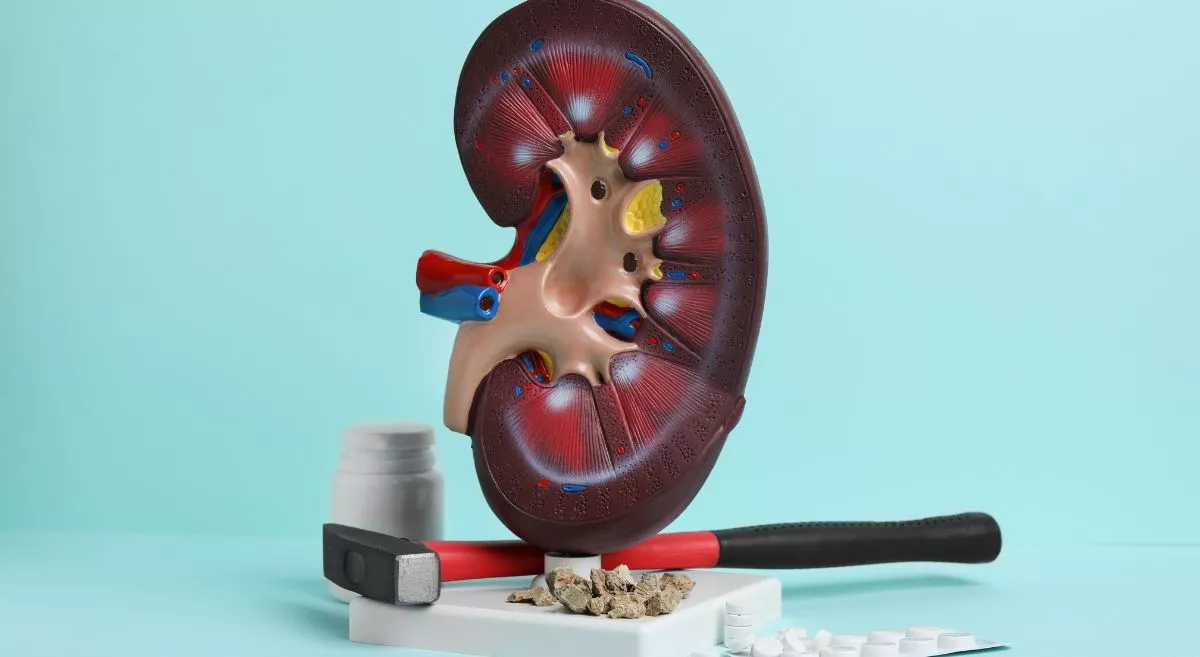Learn about HOLEP surgery for enlarged prostate (BPH). Discover its benefits, risks, recovery time, cost in India, and whether you're a candidate for this minimally invasive treatment.
Introduction:
Living with an enlarged prostate, or benign prostatic hyperplasia (BPH), can feel like a daily struggle—frequent trips to the bathroom, weak urine flow, and restless nights. For men who don’t respond to medication, surgery often becomes the next step. One of the safest and most effective options available today is Holmium Laser Enucleation of the Prostate (HoLEP). This minimally invasive procedure is gaining recognition for its long-lasting results and faster recovery compared to traditional surgeries.
What Is HoLEP Surgery?
HoLEP is a laser-based surgery that removes the excess prostate tissue causing blockage. Using a holmium laser, surgeons carefully separate and push obstructing tissue into the bladder. The tissue is then fragmented and suctioned out with a special instrument called a morcellator.
Unlike open prostate surgery, HoLEP requires no external incisions, which means less pain, shorter hospital stays, and quicker recovery. It’s considered especially effective for men with very large prostates—cases that are difficult to manage with older methods like TURP (Transurethral Resection of the Prostate).
Who Is a Candidate for HoLEP?
Doctors usually recommend HoLEP when:
- BPH symptoms are severe and don’t improve with medicines.
- You struggle with frequent urination, weak stream, dribbling, or difficulty starting urination.
- The prostate is significantly enlarged and blocks urine flow.
- You’re on blood-thinning medications and need a safer surgical option.
It’s also an excellent choice for men at risk of recurrent urinary tract infections, bladder stones, or kidney problems due to long-term obstruction.
Preparing for HoLEP
Before surgery, your urologist will run several tests to confirm the size of the prostate and the severity of blockage. These may include:
- PSA blood test (to screen for prostate cancer)
- Ultrasound or MRI (to measure prostate size)
- Uroflowmetry or urodynamic tests (to assess urine flow and bladder function)
- Cystoscopy (a camera check of the bladder and prostate)
You may be asked to stop certain medications—especially blood thinners—before surgery. Fasting from food and drink is usually required for 6–8 hours before the procedure.
Step-by-Step: The HoLEP Procedure
Here’s what typically happens during surgery:
- Anesthesia – Most patients receive spinal, sometimes general anesthesia is used.
- Accessing the prostate – A resectoscope (a thin tube with a camera) is inserted through the urethra.
- Laser removal – The surgeon uses a holmium laser to cut and separate prostate tissue from the capsule.
- Tissue removal – A morcellator suctions out the tissue pieces from the bladder.
- Catheter placement – A temporary catheter helps the bladder drain after surgery.
The entire procedure usually takes 1–2 hours, depending on prostate size.
Benefits and Long-Term Outcomes
Patients often notice symptom relief within days. Benefits include:
- Stronger urine flow
- Fewer bathroom visits at night
- Lower risk of needing repeat surgery
- Minimal blood loss compared to TURP
- Works well even for large prostates
Studies show HoLEP has excellent long-term results, with success rates above 85% and very low retreatment rates.
Risks and Possible Complications
Like any surgery, HoLEP has some risks, though they are uncommon:
- Temporary incontinence (leakage of urine, usually improving within weeks)
- Retrograde ejaculation (semen flows into the bladder instead of out; harmless but permanent in most cases)
- Mild bleeding or infection
- Rare injury to the bladder or urethra
The chance of long-term sexual dysfunction or severe complications is low. Most men regain normal function with minimal issues.
Recovery After HoLEP
Recovery is faster than with traditional prostate surgery. Typical expectations include:
- Hospital stay: Most men go home the next day.
- Catheter removal: Within 48 hours in most cases.
- Short-term symptoms: Burning while urinating and mild blood in urine for a few weeks.
- Activity restrictions: Avoid heavy lifting for 1–2 weeks, and straddling activities (like cycling) for about 4–6 weeks.
- Back to work: Many men return in 1–2 weeks, depending on job type.
Drinking plenty of fluids and doing pelvic floor (Kegel) exercises help speed up recovery.
Cost for HoLEP Surgery:
The cost of HoLEP surgery in India can ranges depending on factors such as prostate size, hospital facilities, surgeon’s expertise, and city of treatment. To Know more please reach to us.
Frequently Asked Questions (FAQs):
A. Is HoLEP surgery safe?
Yes, HoLEP surgery is considered safe and minimally invasive. It has lower risks of bleeding and complications compared to open prostate surgery and is suitable even for elderly men or those on blood thinners.
B. How long does recovery take after HoLEP surgery?
Most patients recover quickly. Hospital stay is usually one night, catheter removal within 24 hours, and light activities can be resumed in a week. Full recovery may take 4–6 weeks.
C. Will HoLEP affect sexual function?
Erectile function is usually preserved after HoLEP. However, most men experience retrograde ejaculation, where semen enters the bladder instead of exiting during orgasm. This is harmless but permanent.
D. Will I need repeat surgery after HoLEP?
The chances of needing repeat surgery after HoLEP are very low compared to other procedures like TURP. Most patients experience long-lasting relief from urinary symptoms.
Choosing the Right Surgeon and Hospital
The success of HoLEP depends heavily on the surgeon’s experience. Look for:
- Hospitals with advanced laser technology.
- Urologists with high volumes of HoLEP surgeries.
- Accredited facilities with strong patient safety standards.
Common Myths About HoLEP
- “Laser surgery means no risks.” Not true—though safer, HoLEP still carries some risks.
- “Recovery is instant.” While faster than other methods, full recovery still takes a few weeks.
- “It only works for small prostates.” In fact, HoLEP is excellent for very large prostates.
HoLEP surgery is a modern, minimally invasive solution for men struggling with an enlarged prostate. It offers long-term relief, minimal complications, and quicker recovery than traditional surgeries.
At Aster CMI Hospital, patients benefit from advanced readiness and infrastructure designed to make HoLEP both safe and effective. With digital theatres, advanced monitoring systems, strong infection control, and robust diagnostic imaging, every detail is optimized for precision and safety. The hospital’s team of specialized urologists and surgeons are trained in the latest techniques, including robotic and laser-assisted procedures, ensuring patients receive expert, up-to-date care. Combined with the minimally invasive advantages of HoLEP—less bleeding, shorter hospital stays, and faster return to daily life—Aster CMI stands out as a trusted destination for advanced prostate treatment.
Aster CMI: Where expertise meets technology, giving you safer surgery and faster recovery.
Ready to take the next step toward better prostate health? Book your consultation with our expert urology team today.
Your health, our priority — trusted prostate care at Aster CMI.









